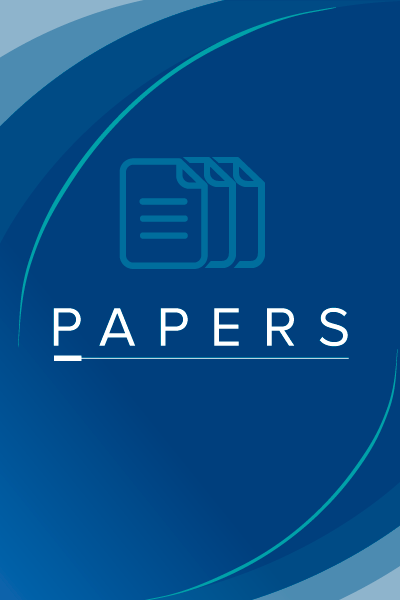
Insulin receptor isoforms: an integrated view focused on gestational diabetes mellitus
| PROCEDENCIA(S): | Ciencia y Medicina, Ciencias de la Salud, USS Santiago. |
|---|---|
| CATEGORÍA(S): | Biología Celular, Biología Molecular, Ciencias Biológicas, Endocrinología y Metabolismo, Fisiología, Química Médica. |
| AUTOR(ES): | F. Westermeier / T. Sáez / P. Arroyo / F. Toledo / J. Gutiérrez / C. Sanhueza / F. Pardo / A. Leiva / L. Sobrevia. |
| TIPO DE MATERIAL: | Artículos, Investigación. |
| ARCHIVO: |
 Reconocimiento CC BY. Esta obra está bajo una Licencia Creative Commons Reconocimiento CC BY 4.0 Internacional.
Reconocimiento CC BY. Esta obra está bajo una Licencia Creative Commons Reconocimiento CC BY 4.0 Internacional.
The human insulin receptor (IR) exists in two isoforms that differ by the absence (IR-A) or the presence (IR-B) of a 12-amino acid segment encoded by exon 11. Both isoforms are functionally distinct regarding their binding affinities and intracellular signalling. However, the underlying mechanisms related to their cellular functions in several tissues are only partially understood. In this review, we summarize the current knowledge in this field regarding the alternative splicing of IR isoform, tissue-specific distribution and signalling both in physiology and disease, with an emphasis on the human placenta in gestational diabetes mellitus (GDM). Furthermore, we discuss the clinical relevance of IR isoforms highlighted by findings that show altered insulin signalling due to differential IR-A and IR-B expression in human placental endothelium in GDM pregnancies. Future research and clinical studies focused on the role of IR isoform signalling might provide novel therapeutic targets for treating GDM to improve the adverse maternal and neonatal outcomes.


